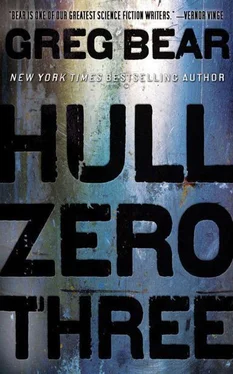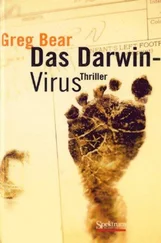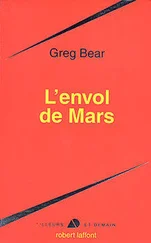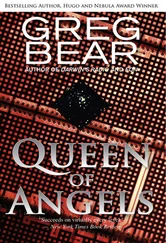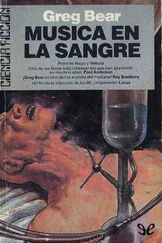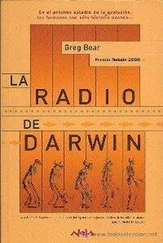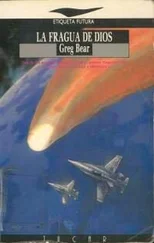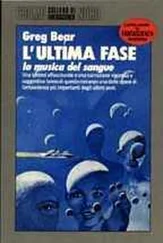Then, feet pointed toward the center of the shaft, perpendicular to the line of rungs, I continue on. It’s almost like walking on my hands.
It’s almost like being a spider.
Spider.
That word—and the image it conveys, of something traveling along a sticky strand, part of a web—sends a shiver through me. I don’t know what spiders are, how big they are, or where they’re from. A spider could have snatched my companions. But the more I search the shreds of my knowledge, the more I think spiders are too small—though still creepy.
Of course, it’s always possible that in this life I’m very small as well.
I hate the uncertainty. Whoever woke me up, woke us up, was doing none of us any favors. What use are we? Maybe our only purpose is to be swept up, smashed around, destroyed—swatted like flies .
Spiders eat flies.
Ugh.
But so far, I’ve outclimbed and survived the cold. This part of the shaft seems to maintain a more constant temperature. Perhaps the core is more stable. The little lights in the walls of the shaft are dimming. Then brightening again. The intervals seem to be random. So much for stability. Things don’t make sense here, either.
I’ve been focusing on my climb for so long that only when I reach down to scratch my hip and hitch up my pants do I look at a nearby patch of wall, a meter or so to my left. Some sort of scratch there. Then I see a lot of little abrasions—more scratches, lots of them, in an irregular circle all the way around the shaft, sweeping up and down—along with a few deep gouges.
Something strong, with strong claws, paused here and scrabbled against a spin-up. Something big enough to span the shaft—maybe five meters wide, limbs and all. Maybe it fell and was cleaned up.
Above the circle of scratch marks, there’s something smaller, different, a patch of irregular lines. I reverse and overhand to where I might be able to identify it.
It’s a drawing. A drawing in dark, dried paint—or something else. The smell has lingered faint in the air since I arrived in the shaft, but I’ve been trying very hard to ignore it—more human blood.
Use what you came with.
The sketch is crude, simple. Maybe it’s not just a sketch, but an identifying mark. My eyes hurt trying to focus—the lights are dimming again. Finally I dangle and stretch out with one foot looped under a rung. My calf and ankle muscles bring me right up to the wall.
The sketch shows a plump, almost round figure. It could be human, though the head is small and round and has no features except a kind of line where the eyes should be. The legs are squat and come together to form a point, with no discernible feet. I see a separate blotch, less than a centimeter broad—a fingerprint. I hold up my forefinger and compare. The lines were painted by a much smaller finger. A finger dipped in blood.
It seems likely the little girl drew this figure in the shaft—but why?
Below the rounded head, protruding like little sacs from the round body, are breasts—twelve of them. Twelve breasts, three rows of four. Only a few of the breasts have nipples. No time to dab them all in, I guess.
I swing slowly around. Fifty or sixty centimeters away, almost too faint to see—as if the supply of blood was running low—there’s a handprint, the signature of the artist, just about the size of the girl’s hand.
For a moment, whatever took her from the observation blister paused here, leaving scratches and gouges, while she made her own marks. In her own blood.
No time for wonder or fear or despair. I’m hungry and I’m thirsty. I move on. Try not to think. Try to keep breathing steadily. Then, before I know it, I’m at the top of the shaft, where I almost bump my head. There’s a kind of big lid. On one side it’s been raised enough to allow me through.
I’ve climbed perhaps two hundred meters inboard. If the hull is as thick as I think it might be, I’m not much nearer the core than when I began—but the shaft has reached an end, I’m tired, and I want to just drift for a moment.
Somewhere inboard I hear a deep, rhythmic sound, pervasive and faint—very distant. Like breathing. The entire ship, breathing. With the accompanying low thump of a calm, steady heartbeat.
I squeeze up through the gap between the lid and the shaft, then reach out and tap the lip with one hand, rotating to inspect the surroundings. I’m in a space that for the first time looks human scale, suited for habitation by my kind of human, with my kind of memory. A kind of room.
I catch my breath and hold out my hand to stop. The space at the top of the shaft is long, low, narrow. Lumpy shapes rise from the outboard “floor.” In the shadows, I wonder if they might be furniture. As elsewhere in this hull, the walls glow with tiny spots of light, but here the illumination flows from place to place like waves on a pond, a kind of shimmer of light that somehow conveys the Ship is alive, watching—
Not that I can remember ever visiting a pond . A lot of things in my memory have no hooks in my real life.
Like smells. I smell a faint hint of char. My eyes are already adjusted, but it takes a physical inspection, moving slowly from ceiling to floor, approaching the lumpy objects on the floor, to learn that this space is designed to have an up and a down—designed for a sense of weight. I reach out to feel the objects that might be furniture and realize they’re lumpy because they’ve melted, or perhaps never finished forming. Couches, chairs, tables… stunted like burned young bushes or trees. My fingers come away covered with oily soot. A blaze swept through the chamber some time ago. Floating close to the wall, squinting, I make out large, sweeping smudges from swirling flames. Many of the glim lights could have been burned, overheated. Getting closer, feeling around gently, as if dealing with singed flesh, I study the resulting tiny pits.
Dead glims.
I move freely away from the lid and the long shaft, through the acrid air and toward the far wall, and observe another circular indentation, this one partway open but heated and warped—burned or jammed in place.
Going through the opening could help lead me around this inner circumference, a ring of rooms within the Ship.
Right now, however, I don’t want to do anything but rest. Take a sip of water. Finish my loaf and consider whether I should drink the girl’s water, eat her loaf, or try to read her book.
I don’t actually know if I can read.
I hang in the air, bottle in hand, swishing the drink around my mouth. I’m near a charred wall. I hook my foot under what might have become a chair, next to an angled, agonized surface that might have tried to be a table.
I can kick away if something comes for me. I can sense a spin-up, when that happens.
My eyes begin to close.
I’m not really in charge anymore.
Oh, hello. Here you are.
It’s a silvery smooth, sculptured face, more female than male but almost without feature, hovering before my darkened field of vision. I think I’m dreaming. Then I realize my eyes are halfway open. I’m not yet fully asleep. It’s going to take some time to rouse up out of this exhausted torpor. The shock of seeing this face makes my muscles tingle, but it’s still going to be another few seconds….
A silvery-smooth hand reaches out. Cool fingers lightly caress my cheeks, my forehead, poke under my hair to make combing motions. The face angles and gets closer, nose to nose, as if in affectionate curiosity.
Its eyes are blue, empty, and infinitely deep.
With a strangled yell, I regain control of my body and thrash. The face and questing fingers back off into shadow. I think my fist briefly connects with a semisolid, rubbery object—a shoulder or arm. I scream and thrash some more. My foot is still hooked under the half-formed table, and the pain of wrenching my ankle brings me back to self-control.
Читать дальше
